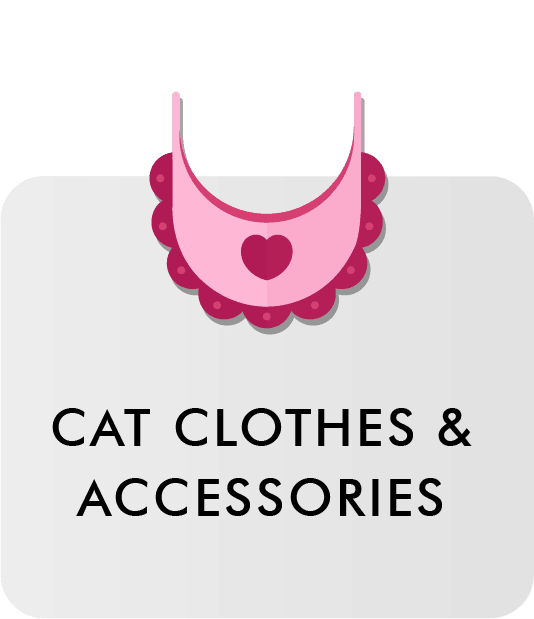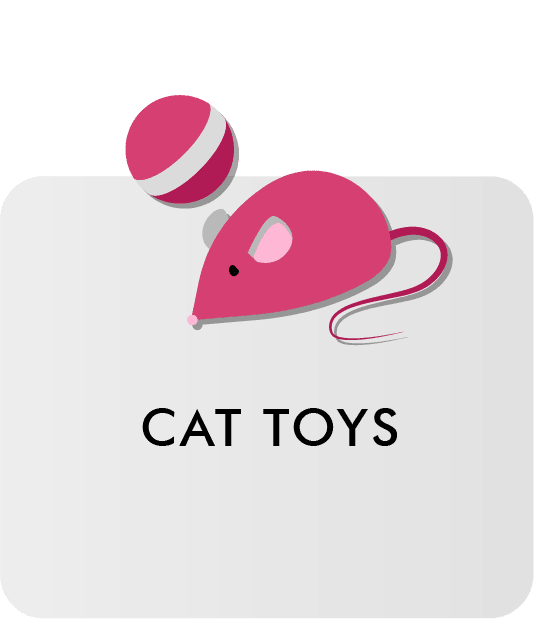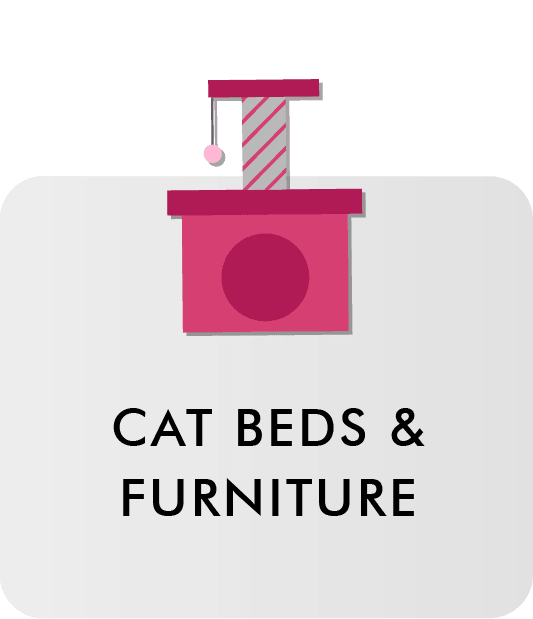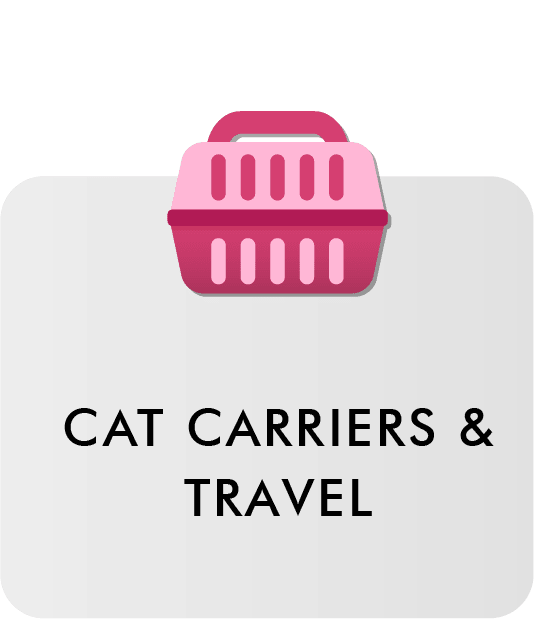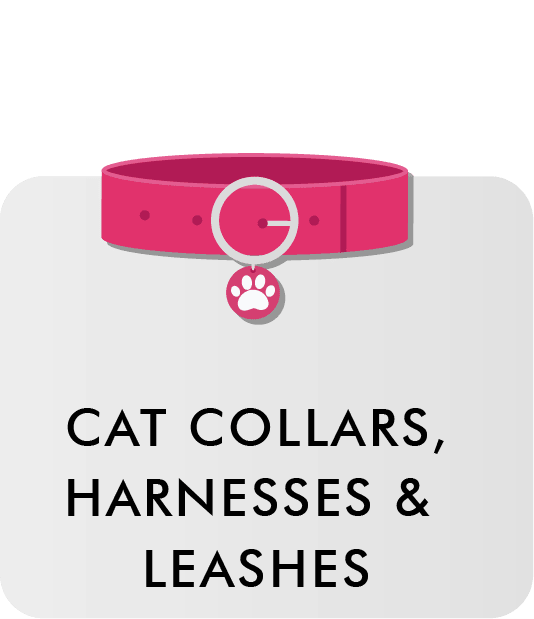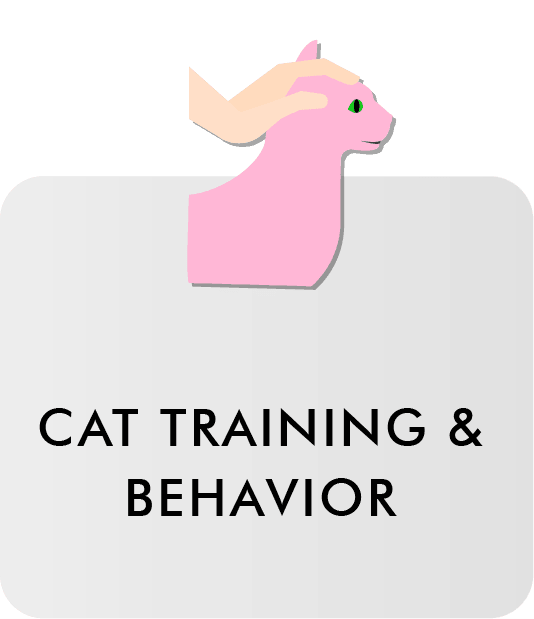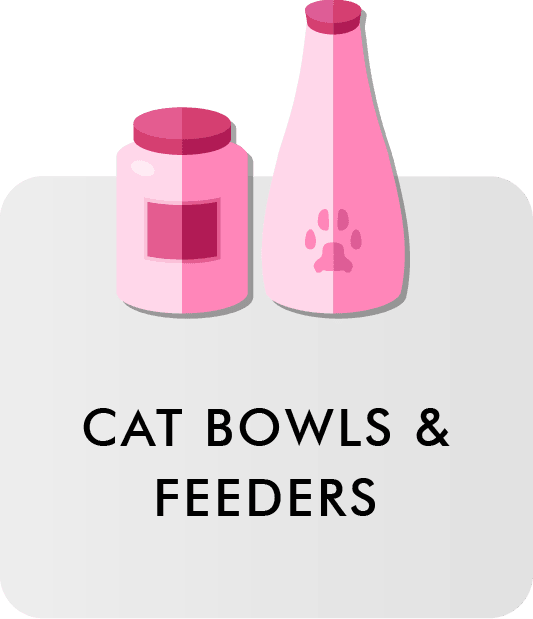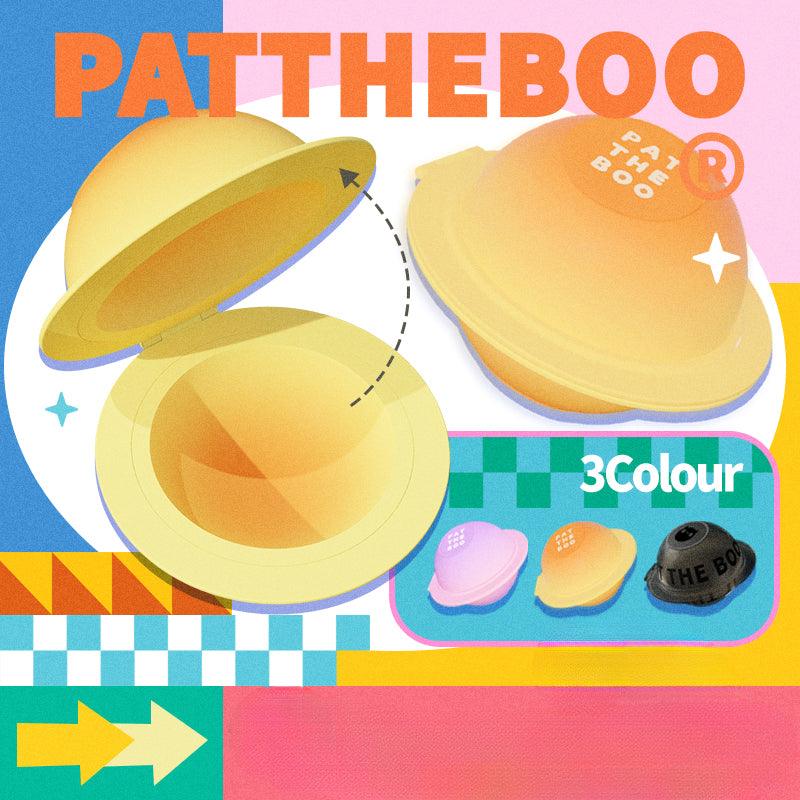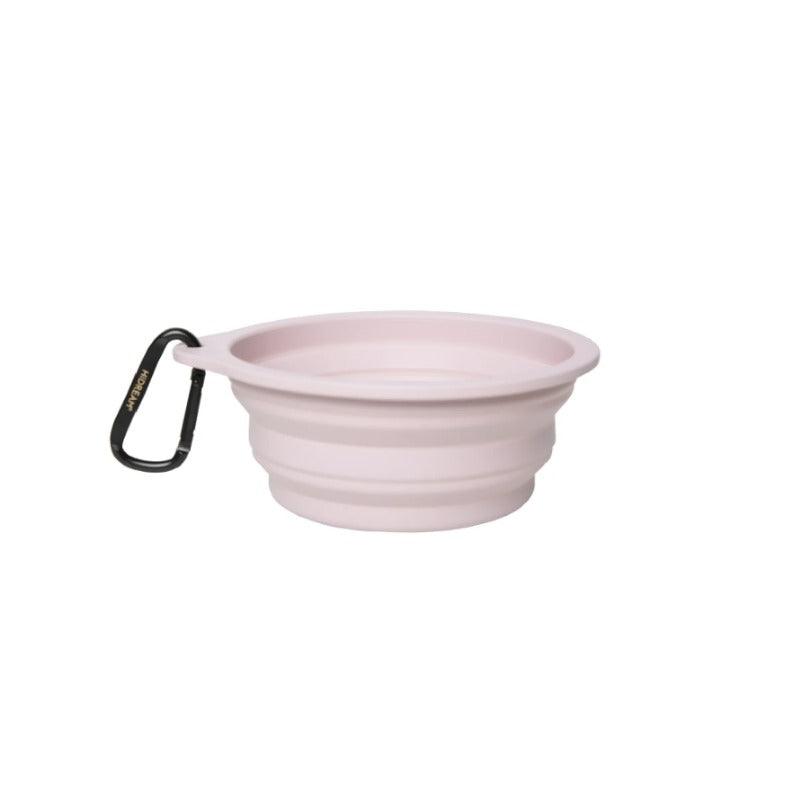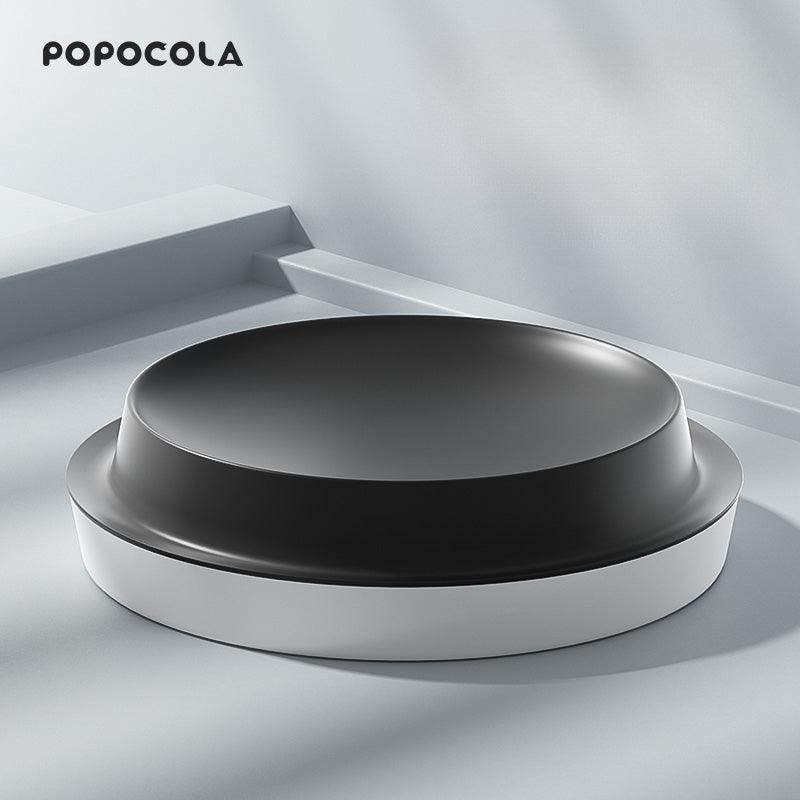KIKOPALS’ cat bowls collection offers an extensive range of high-quality feeding solutions designed to meet the unique needs of your feline friend. Feeding your cat is not just a routine task; it’s an opportunity to provide them with a safe, comfortable, and stylish dining experience. Our bowls are crafted from durable, pet-safe materials, ensuring that your cat enjoys every meal while keeping their health and safety in mind.
Variety of Styles and Materials
Our selection of cat bowls comes in various styles, sizes, and materials, making it easy to find the perfect fit for your pet. From elegant ceramic and stainless steel options to fun and colorful plastic designs, KIKOPALS provides bowls that cater to every cat’s personality and your home décor. The non-slip bases on many of our bowls help prevent spills and messes, ensuring that mealtime is a tidy affair.
Health and Safety Features
KIKOPALS prioritizes your cat's health with bowls designed to promote proper feeding habits. Many of our cat bowls are designed with elevated edges to encourage cats to eat comfortably and prevent whisker fatigue. This feature is particularly beneficial for cats who may feel uncomfortable with deep bowls that can irritate their sensitive whiskers. Additionally, our materials are dishwasher safe and free from harmful chemicals, ensuring a safe feeding environment for your cat.
Feeding Solutions for Every Need
We understand that every cat has different feeding needs. That’s why our collection includes a variety of bowl types, such as slow feeder bowls designed to prevent overeating and aid digestion by encouraging cats to eat at a slower pace. These bowls feature unique designs that challenge your cat while making mealtime more engaging.
Interactive and Multi-Feeder Options
For multi-cat households, KIKOPALS offers dual and multi-bowl feeders, allowing you to serve food and water simultaneously in one convenient setup. These options are perfect for households with multiple pets, ensuring that each cat has access to their meals without competition or fuss.
Easy to Clean and Maintain
Maintaining hygiene is essential for every pet owner. KIKOPALS’ cat bowls are designed for easy cleaning, with many options being dishwasher safe or easy to wipe down. This convenience helps keep your cat’s feeding area clean and fresh, contributing to their overall health and well-being.
Trusted Brands for Quality Assurance
In our Bowls & Feeders - Bowls section, you’ll find products from reputable brands known for their commitment to quality and innovation in pet care. Each bowl is carefully selected for its durability, safety, and design, ensuring you receive a reliable product for your cat.
Explore KIKOPALS’ Cat Bowls & Feeders - Bowls collection today to find the perfect feeding solution for your beloved feline companion. With a focus on style, safety, and functionality, you can trust KIKOPALS to provide the best for your cat’s mealtime!



